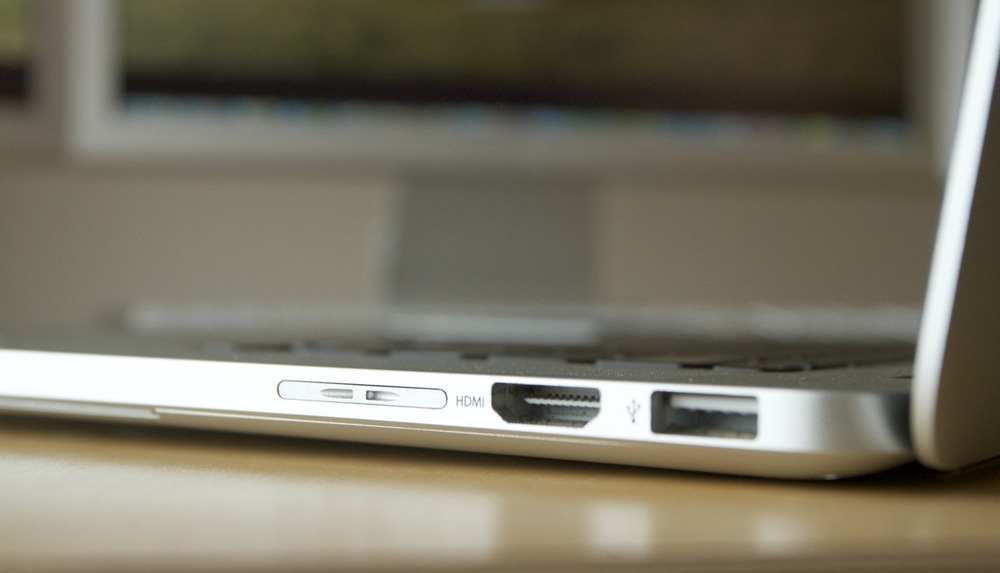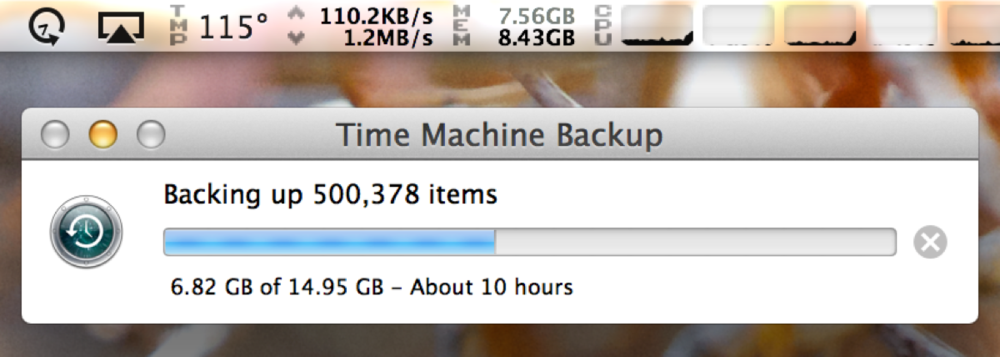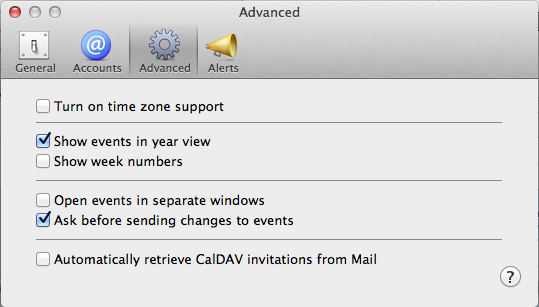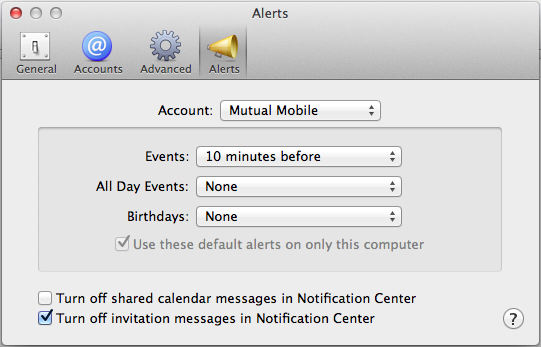I'm excited to introduce Grocery, a new app that Ryan Considine and I built specifically for grocery shopping with the goal of making trips to the store more efficient. We started the project with a question — what if our app knew the path we took through a store, and how would it use that to make the trip more efficient? What we are launching is a simple shopping list with a focused interface that includes a lot of intelligence to always keep your list sorted in the order that you shop.
Grocery for iPhone
Smart Sorting
Sorting a grocery list is no small task. There's no end to the variety of different ways that people shop. Paper lists are still very common, and people have different ways of manually sorting their lists. Grocery store layouts are almost as varied as individual people's shopping behavior — even among the same chain of stores. Some stores have tried to solve this problem with technologies like geolocation and beacons, but those are expensive to install, unreliable to use, and just haven’t caught on.
We wanted to build something that would be easy and reliable for everyone to use, regardless of store location or shopping habits. Our first step was to create our own intelligent sorting algorithm that can learn from an individual's shopping behavior. This is a new approach that we haven't seen applied before, but we chose to pursue it because it doesn't require hardware or analytics, or even a user's location to build a custom sorting order.
The algorithm we built learns from each trip you make to the store and sorts based on the order you shop for items and check them off your list. All of this analysis is taking place on the user's phone and stored locally. We aren't doing any machine learning in the cloud — not just for privacy reasons, but because there's no need. Everyone shops differently, and we don't need to learn from someone else's behavior to build a better sorting order for you.
Let's say you make a trip to the store for a few essentials, in this case:
- Eggs
- Milk
- Avocados
You move through the produce section of the store first, and this was the order that you picked up the items and checked them off your list:
- Avocados
- Eggs
- Milk
From now on, Grocery knows that Avocados come before Eggs and Milk. The next time you go to the store and only need to visit the produce section, but added a few new items to your list:
- Kale
- Carrots
- Onions
- Bell Peppers
- Avocados
After this trip to the store, Grocery knows how to sort all of these items relative to each other, and because you previously shopped for Avocados, it also knows that these items all come before Eggs and Milk. If your next trip to the store is for Kale and Eggs, Grocery will know which item comes first and sort your list accordingly.
Apple Watch
Grocery for Apple Watch
Efficiency in the store is our number one goal for Grocery, and an even more efficient place for the app is on the Apple Watch. We learned early on that the Apple Watch was a great device to use at the grocery store because it keeps your hands free to hold items or push a shopping cart.
We wanted the Apple Watch experience for Grocery to be the best possible. To that end we actually built the Apple Watch UI before we started on the iPhone. We spent a lot of time optimizing it to be as fast as possible - which is key for third party watch apps.
Always having your Grocery list in sorted order is the key to an efficient and effortless user experience on the watch. Because your list is in order, the item you just put in the cart that you’re looking to check off is visible immediately after raising your wrist without your needing to scroll to find it.
Raise your wrist, tap the item to check it off, look at the next item on the list, and lower your wrist. It’s a very quick interaction that makes shopping with the Apple Watch feel easy and efficient.
Adding Items
We also wanted adding items to your list to be as simple and fast as possible. The iPhone UI for adding items is optimized around speed and efficiency. The text field for adding an item and associated notes is always present at the bottom of the screen, within easy reach. Tapping the + button after entering an item keeps the keyboard up, ready to enter more items. And we built our own autocomplete system that populates from your personal history of purchased items, making repeat entries fast and easy.
You can also add items to the list on your Apple Watch, via dictation or scribble, or by picking a past item to add back to your list. We've all been in places where using our watch to do something is simpler than taking our phone out, and we wanted to make sure Grocery supported that use case.
But we didn't stop there. You can also add items to your Grocery list from the Mac, iPad, iCloud, and Siri! And even, via IFTTT, from Alexa. That's because Grocery is built on top of the iOS Reminders database, which supports shared lists on iCloud. When you start using Grocery, we prompt you to create a new list called "Grocery" (which you can change if you want to), that can be edited from any device with the Reminders app, or access to iCloud.com.
Support for Siri is something we've really grown attached to. Even the phrasing is simple with the default list name — "Add Eggs to my Grocery List", and items show up immediately after they're added. Voice assistants like Siri and Alexa work great in kitchen settings, and adding items to your shopping list that way is a great example of why.
And finally, because we're supporting iCloud Reminders lists, you can also share your list with a partner or roommate, and they can add items to your shared list from Grocery or from the Reminders app. You'll each see the items the other added in your list - but each person will still have a unique sorting order based on the order in which each person shops for items.
Conclusion
Grocery is launching today as a free app that includes Google app install ads, with an optional in-app purchase to remove ads and support future development of Grocery. We love using the app and are excited to introduce it. We hope you enjoy it!








